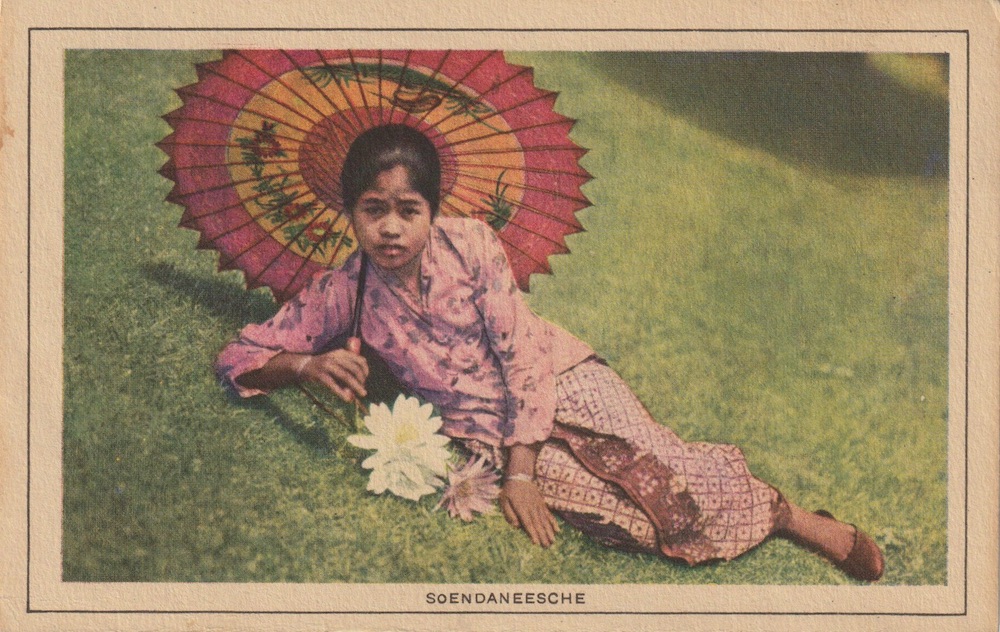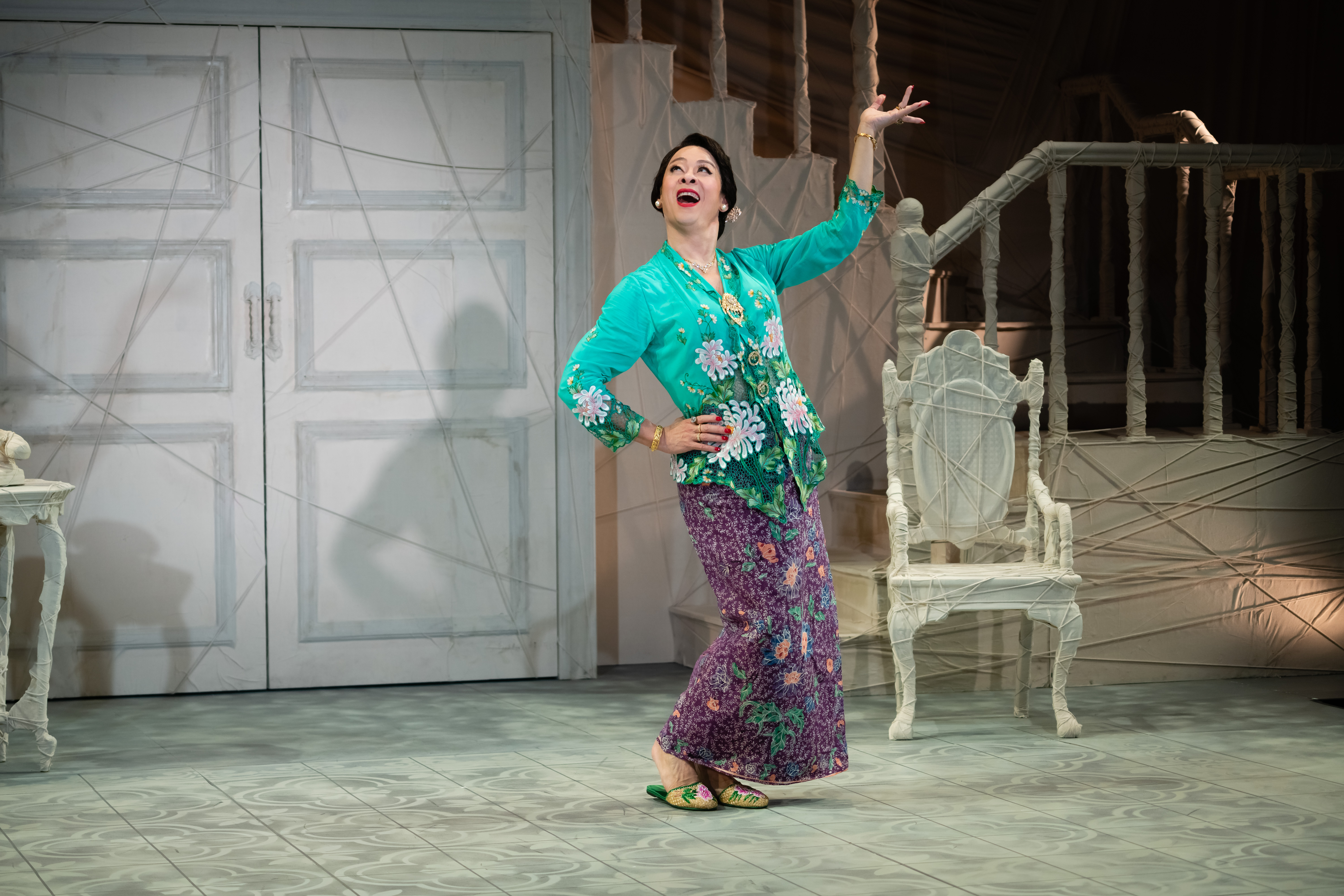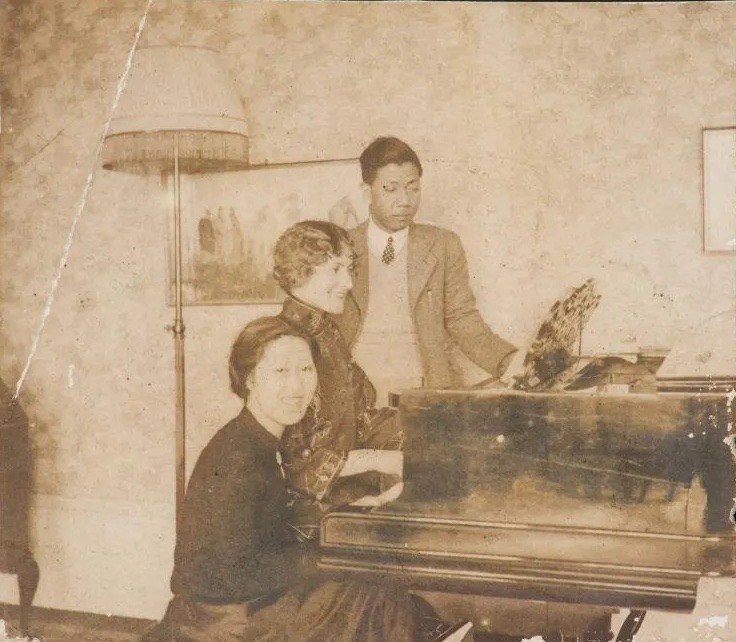This small figure of a hare was made during the Han dynasty (206 BC – 220 AD). Crouching as if to leap, the hare has bulging eyes, flared nostrils, and ears folded back over the body. It is partially covered in white slip and retains traces of earth, probably from the site where it was originally buried.Depictions of animals are found widely early Chinese art, modeled in bronze, jade, lacquer, wood, and ceramics. Those from before the third century BC tend to be stylized rather than lifelike, but by the Han period pottery figures were more naturalistic. Domestic animals modeled from clay are especially characteristic of the Han period: horses, pigs, dogs, ducks, and chickens have all been found in significant numbers, but rabbits and hares are almost unknown. The only published examples of Han dynasty hares are jade carvings. Pottery hares are more widely seen from the Tang dynasty (618 – 907) onwards. There is a long tradition in China of using pottery animals and figures in burials. They appear in increasing numbers from the Warring States period (475 – 221 BC) onwards; prior to this it was not unusual for nobles to have their servants and animals sacrificed and buried with them. This practice can be traced back to the Neolithic Dawenkou culture (4100 – 2600 BC) - Dawenkou burials often include the heads and jaws of pigs and other animals.


















